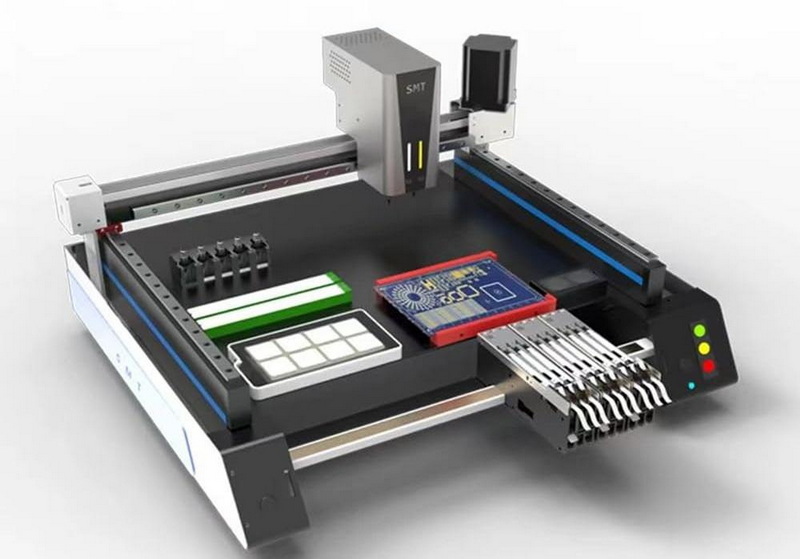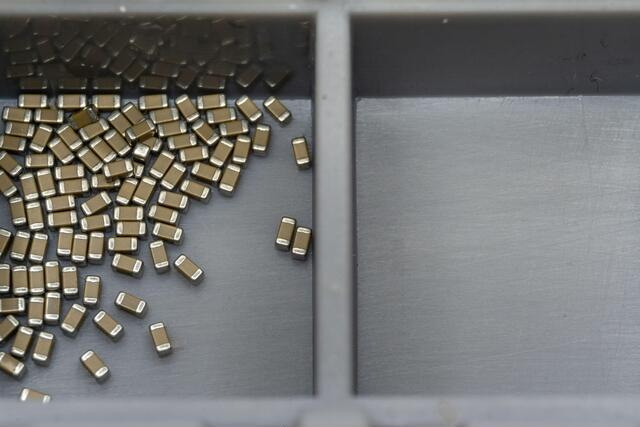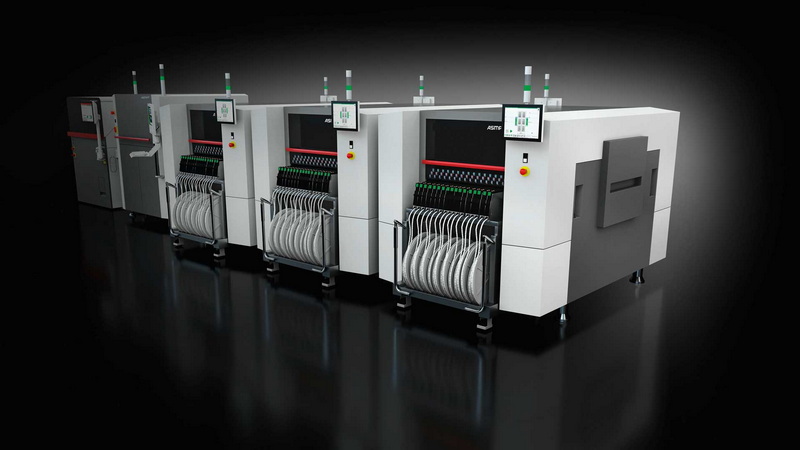Content Menu
● Understanding SMT Production Line Equipment
>> Key Components of SMT Production Line Equipment
● Essential Features to Look for in SMT Production Line Equipment
>> Automation Level
>> Speed and Throughput
>> Flexibility and Scalability
>> Precision and Accuracy
>> Ease of Use and Maintenance
>> Quality Control Features
>> Cost-Effectiveness
>> Integration with Existing Systems
>> Supplier Support and Service
● Conclusion
● FAQ
>> 1. What is SMT production line equipment?
>> 2. How does automation impact SMT production lines?
>> 3. Why is precision important in SMT assembly?
>> 4. What should I consider when choosing a pick-and-place machine?
>> 5. How can I ensure quality control in my SMT production line?
Surface Mount Technology (SMT) has transformed the electronics manufacturing landscape, enabling the efficient assembly of printed circuit boards (PCBs) with high precision and speed. As the demand for smaller, more complex electronic devices continues to rise, the importance of selecting the right SMT production line equipment cannot be overstated. This article will explore the essential features to consider when investing in SMT production line equipment, ensuring that manufacturers can optimize their production processes and maintain a competitive edge.

Understanding SMT Production Line Equipment
SMT production line equipment encompasses a variety of machines and tools used in the assembly of electronic components onto PCBs. This equipment includes solder paste printers, pick-and-place machines, reflow ovens, and inspection systems. Each component plays a crucial role in the overall efficiency and effectiveness of the production line.
Key Components of SMT Production Line Equipment
1. Solder Paste Printers: These machines apply solder paste to the PCB in precise locations, ensuring that components can be securely attached during the soldering process.
2. Pick-and-Place Machines: These are critical for placing surface mount components onto the PCB. They must be fast, accurate, and capable of handling a variety of component sizes and types.
3. Reflow Ovens: After components are placed, reflow ovens heat the PCB to melt the solder paste, creating a strong electrical and mechanical connection.
4. Inspection Systems: Automated optical inspection (AOI) systems check for defects in the assembly process, ensuring quality control and reducing the risk of faulty products.
Essential Features to Look for in SMT Production Line Equipment
When selecting SMT production line equipment, manufacturers should consider several key features that can significantly impact production efficiency, quality, and cost-effectiveness.
Automation Level
The level of automation in SMT production line equipment can greatly influence productivity. Fully automated systems can operate with minimal human intervention, reducing labor costs and increasing throughput. Semi-automated systems may require more manual input but can be more flexible for smaller production runs. Manufacturers should assess their production needs and choose equipment that aligns with their operational goals.
Speed and Throughput
The speed of the equipment, particularly pick-and-place machines, is a critical factor. Higher speeds can lead to increased production rates, but it is essential to balance speed with accuracy. Equipment that can maintain high placement speeds while ensuring precise component placement will enhance overall production efficiency.
Flexibility and Scalability
As product lines evolve, manufacturers may need to adapt their SMT production lines to accommodate new components or changes in production volume. Equipment that offers flexibility in handling various component sizes and types, as well as scalability to increase production capacity, is invaluable. Look for machines that can be easily reconfigured or upgraded.

Precision and Accuracy
Precision is paramount in SMT assembly. Equipment should be capable of placing components with high accuracy to avoid defects and ensure reliable performance. Features such as advanced vision systems and calibration tools can enhance the precision of the equipment.
Ease of Use and Maintenance
User-friendly interfaces and straightforward maintenance procedures can significantly reduce downtime and training costs. Equipment that is easy to operate and maintain will help ensure that production runs smoothly and efficiently. Look for machines with intuitive controls and readily available support resources.
Quality Control Features
Incorporating quality control features into SMT production line equipment is essential for maintaining high standards. Automated inspection systems can detect defects early in the production process, allowing for quick corrections and minimizing waste. Features such as real-time monitoring and data analytics can also help manufacturers track performance and identify areas for improvement.
Cost-Effectiveness
While investing in high-quality SMT production line equipment is crucial, manufacturers must also consider the overall cost-effectiveness of their choices. This includes not only the initial purchase price but also ongoing operational costs, maintenance expenses, and the potential for increased productivity. A thorough cost-benefit analysis can help manufacturers make informed decisions.
Integration with Existing Systems
For manufacturers with established production lines, it is vital to consider how new SMT equipment will integrate with existing systems. Compatibility with current software and hardware can streamline operations and reduce the need for extensive modifications.
Supplier Support and Service
Choosing a reputable supplier who offers comprehensive support and service is essential. This includes training for operators, prompt maintenance services, and access to spare parts. A strong partnership with a reliable supplier can enhance the longevity and performance of SMT production line equipment.
Conclusion
Selecting the right SMT production line equipment is a critical decision that can significantly impact a manufacturer's efficiency, quality, and profitability. By considering factors such as automation level, speed, flexibility, precision, ease of use, quality control features, cost-effectiveness, integration capabilities, and supplier support, manufacturers can make informed choices that align with their production goals. As the electronics industry continues to evolve, investing in advanced SMT production line equipment will be key to staying competitive and meeting the demands of the market.

FAQ
1. What is SMT production line equipment?
SMT production line equipment refers to the machines and tools used in the assembly of electronic components onto printed circuit boards (PCBs) using surface mount technology. This includes solder paste printers, pick-and-place machines, reflow ovens, and inspection systems.
2. How does automation impact SMT production lines?
Automation in SMT production lines increases efficiency by reducing the need for manual labor, speeding up production rates, and minimizing human error. Fully automated systems can operate continuously, enhancing overall productivity.
3. Why is precision important in SMT assembly?
Precision is crucial in SMT assembly because it ensures that components are placed accurately on the PCB, which is essential for the functionality and reliability of electronic devices. High precision reduces the risk of defects and improves product quality.
4. What should I consider when choosing a pick-and-place machine?
When choosing a pick-and-place machine, consider factors such as placement speed, accuracy, flexibility for different component sizes, ease of use, and maintenance requirements. These features will impact the overall efficiency of your SMT production line.
5. How can I ensure quality control in my SMT production line?
Implementing automated inspection systems, real-time monitoring, and data analytics can help ensure quality control in SMT production lines. These tools can detect defects early in the process, allowing for quick corrections and minimizing waste.




















